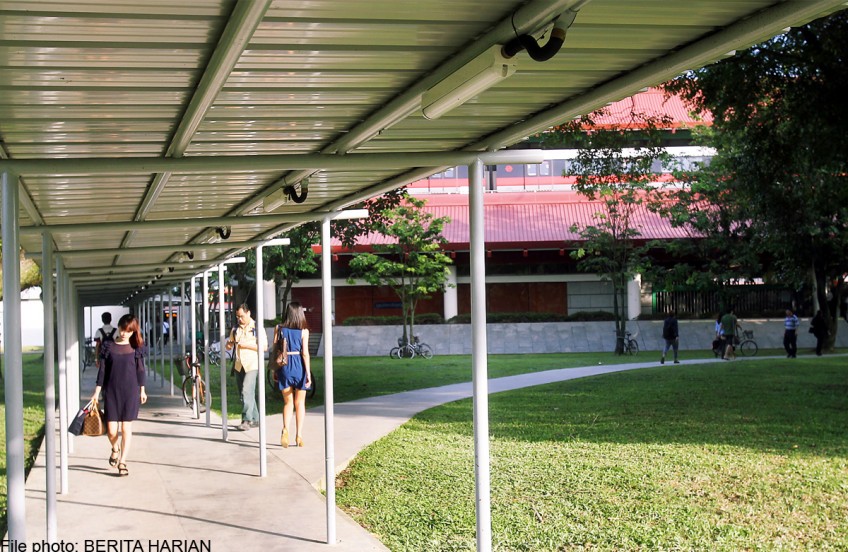Share views for a more walkable city

THE paths and preferences of 1,000 pedestrians could help to make the city centre a better place to walk.
In the coming weeks, researchers will hit the streets to survey them about their chosen routes, including how long they thought the walk took and the actual time taken.
These, combined with data from an online survey, will be used to create a virtual model of the city centre.
It can be used to see how the differences in actual and perceived walking time correspond to physical details such as greenery, wheelchair accessibility and traffic crossings.
So, planners can see whether widening a pavement, for example, makes a walk seem less time-consuming. Initial findings are expected by April.
Dr Alexander Erath, a researcher from the Singapore-ETH Centre's Future Cities Laboratory, which is working with the Urban Redevelopment Authority (URA) on this project, said: "We are also interested in quantifying the variety and type of destination that can be reached on foot in different areas of the city centre."
It will help planners identify places that lack particular amenities, he said.
In the online survey, participants choose between hypothetical routes: for instance, a longer walk along a shop-lined underground passageway versus a shorter walk in a park, on a sunny day.
The public can sign up for this at https://survey.fcl.sg/signup
The "walkability analysis tool" created from the results of both polls will show, on a map of the city centre, how physical characteristics affect a walk's perceived length.
For a given point in the city, the map will show surrounding areas that are colour coded based on perceived distances.
Planners can use it to test how possible changes will affect perceived walking distance, and identify specific areas for improvement, such as where to add more greenery or shelter.
The URA said: "By improving walkability, we hope to encourage more people to walk, take public transportation, experience the city and neighbourhoods at a closer distance and also promote vibrancy in our streets."

This article was first published on Feb 9, 2015.
Get a copy of The Straits Times or go to straitstimes.com for more stories.